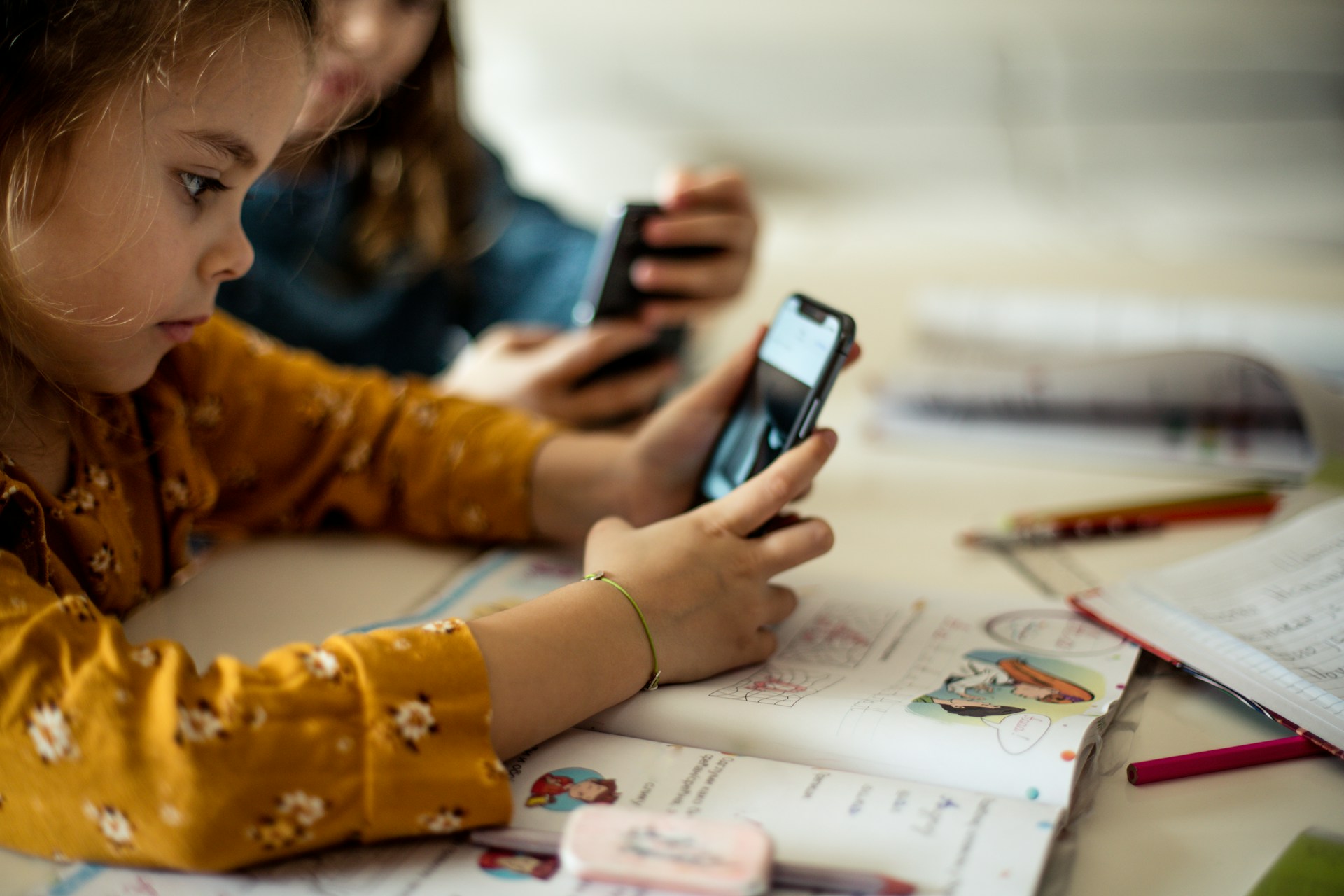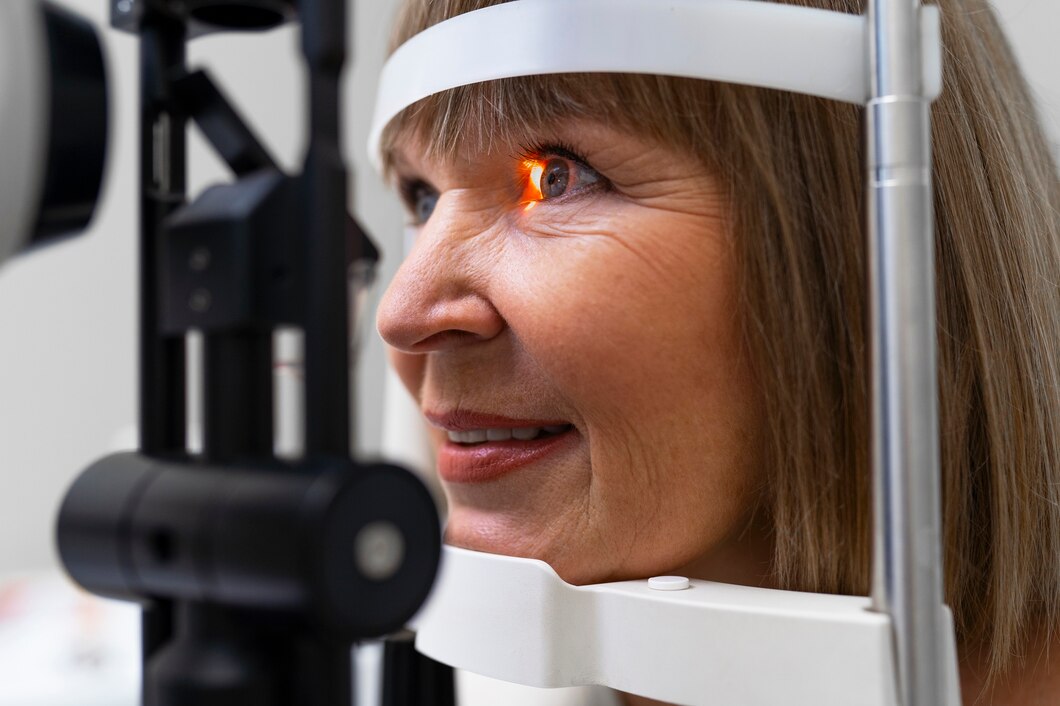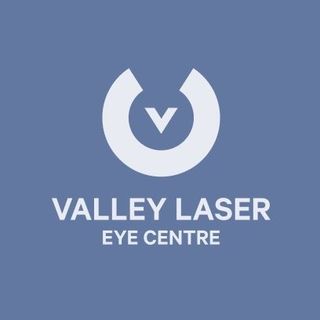Myopia, also known as nearsightedness, is a condition that affects millions of people. It is a refractive error that causes distant objects to appear blurry while close objects appear clear. Myopia can develop at any age, but it typically begins in childhood and progresses throughout adolescence. In this article, we will discuss what to expect and treatment options for myopia management.
What to Expect
Myopia can cause various symptoms, such as headaches, eye strain, and difficulty seeing objects in the distance. Children with myopia may struggle with schoolwork or sports that require good distance vision. As it develops, the chances of having severe eye problems like glaucoma, cataracts, and retinal detachment also increase. To avoid further complications, it is crucial to visit an ophthalmologist regularly to keep an eye on the progress of myopia.
Treatment Options
1. Eyeglasses or Contact Lenses
The most common treatment options for myopia are eyeglasses or contact lenses. They help to correct the refractive error, improving distance vision. Children with myopia may need to update their prescriptions every year or two as their eyesight changes.
2. Orthokeratology
Orthokeratology is a non-surgical treatment that involves wearing special contact lenses that reshape the cornea while sleeping. The lenses are taken out in the morning and the vision remains clear all through the day. This therapy can help in reducing the speed of myopia development and has been proven to be useful for kids.
3. Atropine Eye Drops
Atropine eye drops are a medication that can be used to slow down myopia. They work by dilating the pupil and relaxing the eye’s focusing mechanism. Atropine eye drops are typically prescribed for children with rapidly progressing myopia and are used nightly for an extended period.
4. Multifocal Contact Lenses
Multifocal contact lenses have different prescriptions in different areas of the lens, allowing for clear vision at different distances. They have been found to be effective in slowing the progression of myopia in children.
5. Myopia Control Glasses
Myopia control glasses are specially designed glasses that can help slow the progression of myopia. They have different prescriptions in different areas of the lens, similar to multifocal contact lenses. Myopia control glasses are typically prescribed for children with rapidly progressing myopia.
6. Refractive Surgery
Refractive surgery, such as LASIK, is a surgical procedure that can correct myopia. The procedure involves reshaping the cornea with a laser to improve vision. Refractive surgery is typically reserved for adults with stable myopia.
Conclusion
Myopia is a common condition that can cause a variety of symptoms and increase the risk of serious eye conditions. It is essential to see an ophthalmologist regularly to monitor myopia progression and prevent further complications. Treatment options for myopia include eyeglasses, contact lenses, orthokeratology, atropine eye drops, multifocal contact lenses, myopia control glasses, and refractive surgery. Talk to your ophthalmologist to determine the best treatment option for you or your child.
Book your appointment at Valley Laser Eye Centre to experience the best in vision correction. Our state-of-the-art technology, comfortable setting, and amazing staff provide a seamless vision clinic experience. Consult our ophthalmologist in Abbotsford today.





